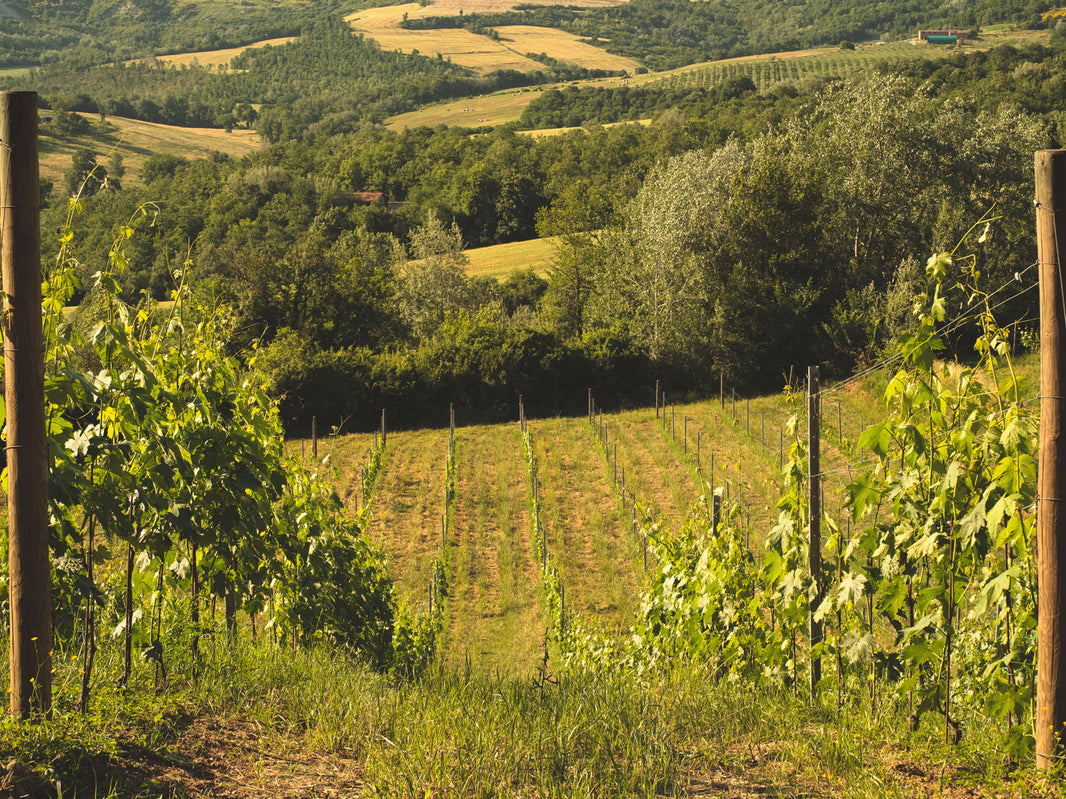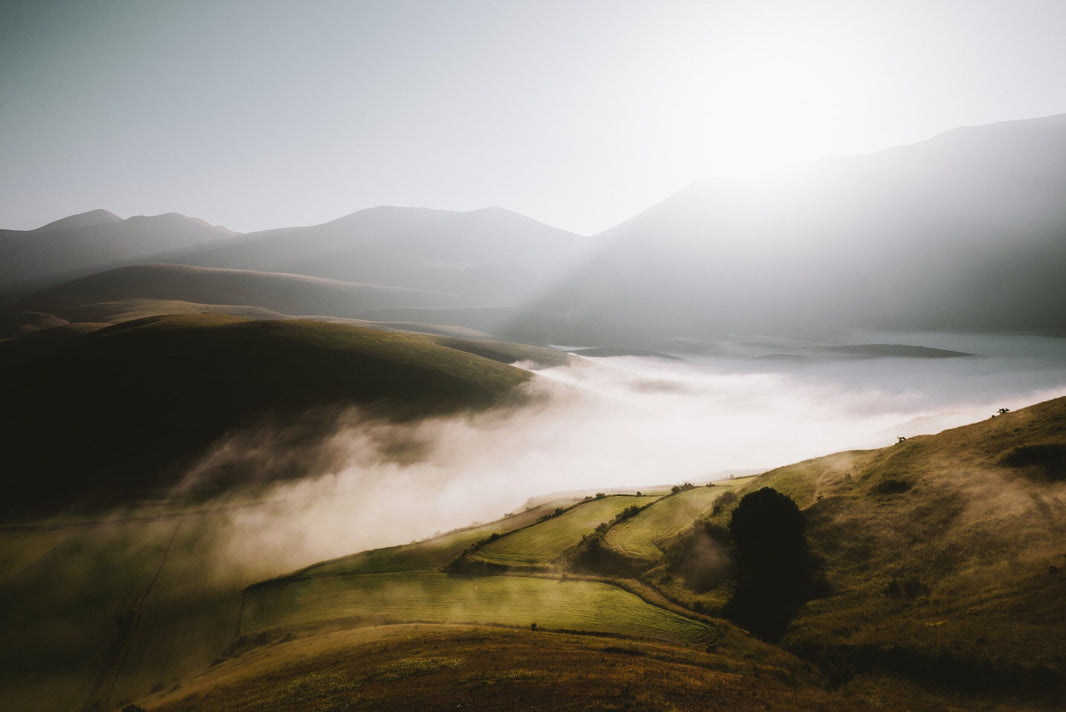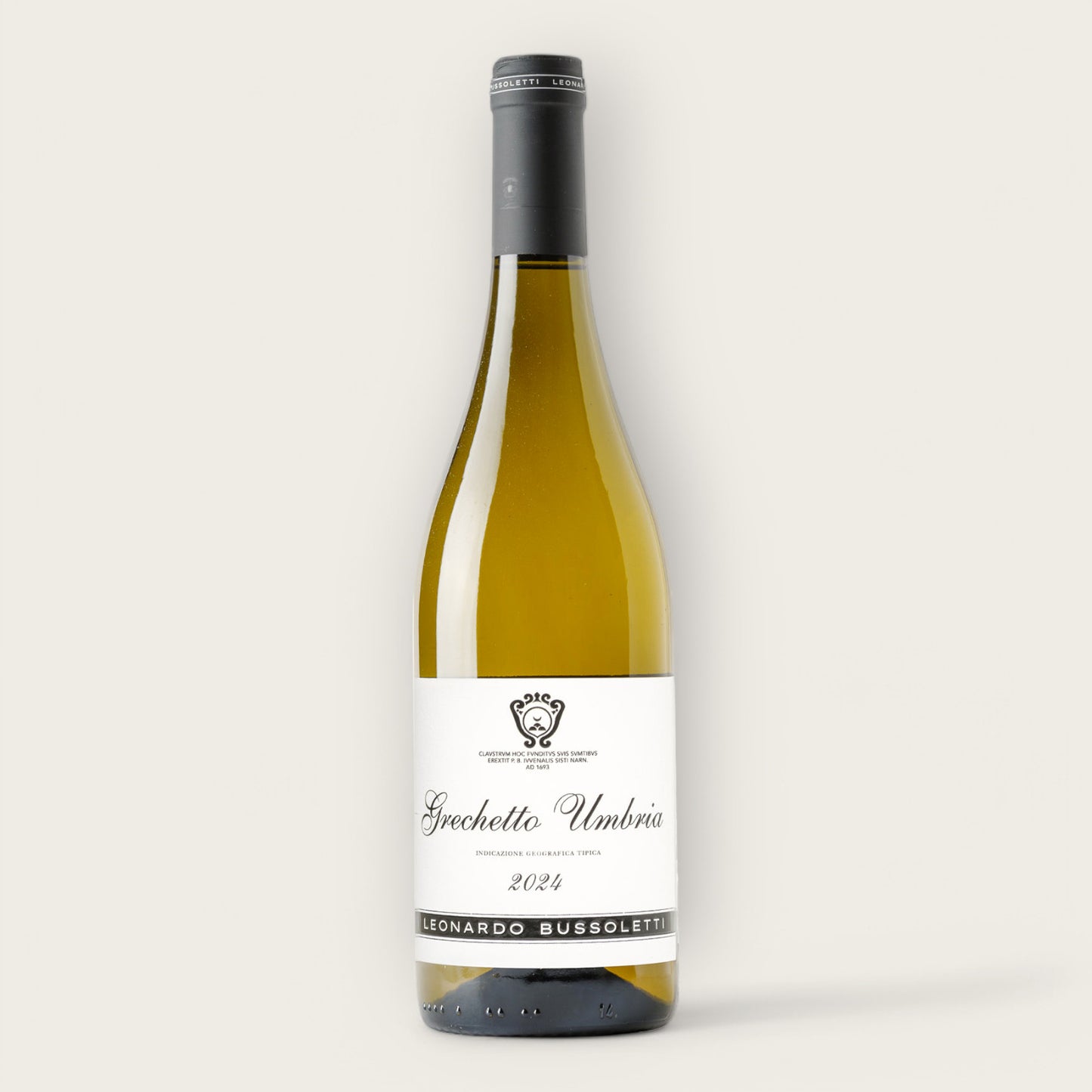Stay up-to-date with the latest news, exclusive promotions, and exciting events by subscribing to our newsletter! Sign up now and receive a 10% discount on your first purchase. Don't miss out on this great opportunity to stay connected with us and get access to special offers!
Grechetto Umbria IGP - 2023
- Tax included.
05035 Bianco is crafted from Trebbiano Spoletino grapes. This variety was almost extinct but managed to be rescued thanks to the passion of local winemakers in the 2000s. The wines tend to be rich and aromatic with good acidity, showcasing an easy-drinking style of white wine, with a clean and fresh character.
Star-bright yellow straw color. Youthful profile on the nose with lemon zest, green apple, and fresh white bread notes. Vibrant acidity on the palate with lemon juice character and a salty finish. Vinification occurs in stainless steel vessels only, with delicate aging on the lees before bottling.
Grape Variety:
Alcohol: 13.5%
Serving Termperature °C: 10-12°C
Ageing Potential: 3-5 years
Terroir: Narni - Umbria

Bussoletti

Narni - Umbria

Umbria


